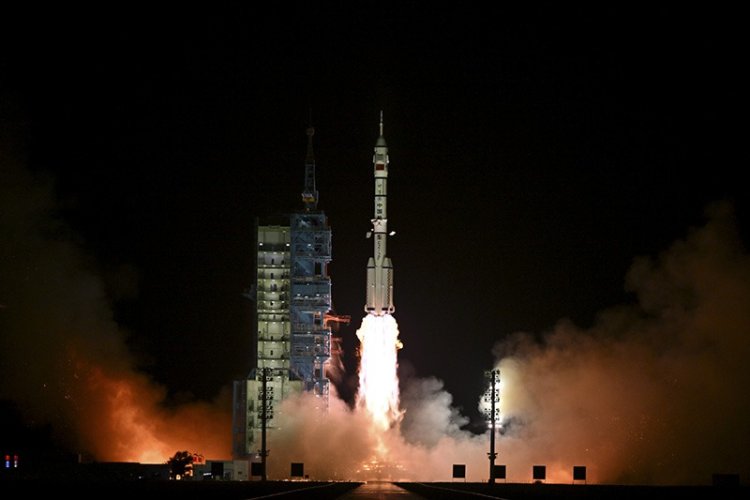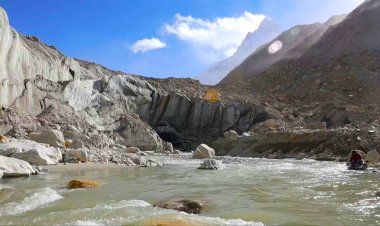China sends 14th crewed mission to space on Shenzhou-19

China sent three astronauts to its permanently inhabited space station, where they will conduct dozens of scientific experiments, some related to the construction of human habitats.
The spacecraft Shenzhou-19 and its three crew lifted off atop a Long March-2F rocket from the Jiuquan Satellite Launch Centre in northwest China, according to state media.
"During the Shenzhou-19 flight, 86 space sci-tech experiments will be carried out in the fields of space life sciences, microgravity physics, materials, medicine, new technologies," Lin Xiqiang, deputy director of the China Manned Space Agency (CMSA), said in a press conference.
One of these experiments is expected to involve exposing bricks made from simulated lunar soil to conditions in space.
Should the tests prove successful, the bricks could be a key material used in the construction of a permanent lunar research station, which China hopes to complete by 2035, as it would in theory be more convenient than transporting building materials from Earth.
China has successfully launched a three-person crew, carrying the country’s third female astronaut, to the Tiangong space station for a six-month mission.
Wang Haoze, 34, is an expert in nuclear-powered rocket technology and was joined by two male colleagues about the spacecraft, which is slated to perform an autonomous rendezvous and docking with Tiangong about 6½ hours after launch.
Unlike Liu Yang and Wang Yaping – the first two Chinese female astronauts, both trained as air force pilots – Wang’s research background is expected to enhance the crew’s implementation of a total of 86 experiments and tests during their time in orbit.
Meanwhile, the International Space Station – roughly five times the mass of Tiangong and the largest human structure in space – has operated in low-Earth orbit for 25 years. It has hosted more than 270 astronauts and thousands of experiments.















